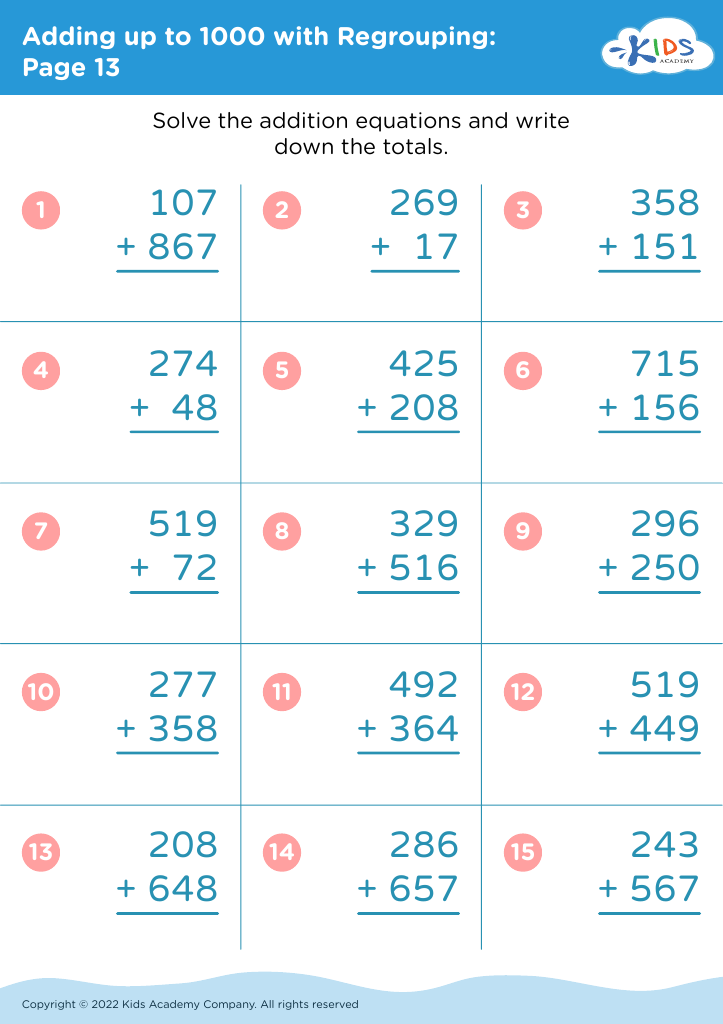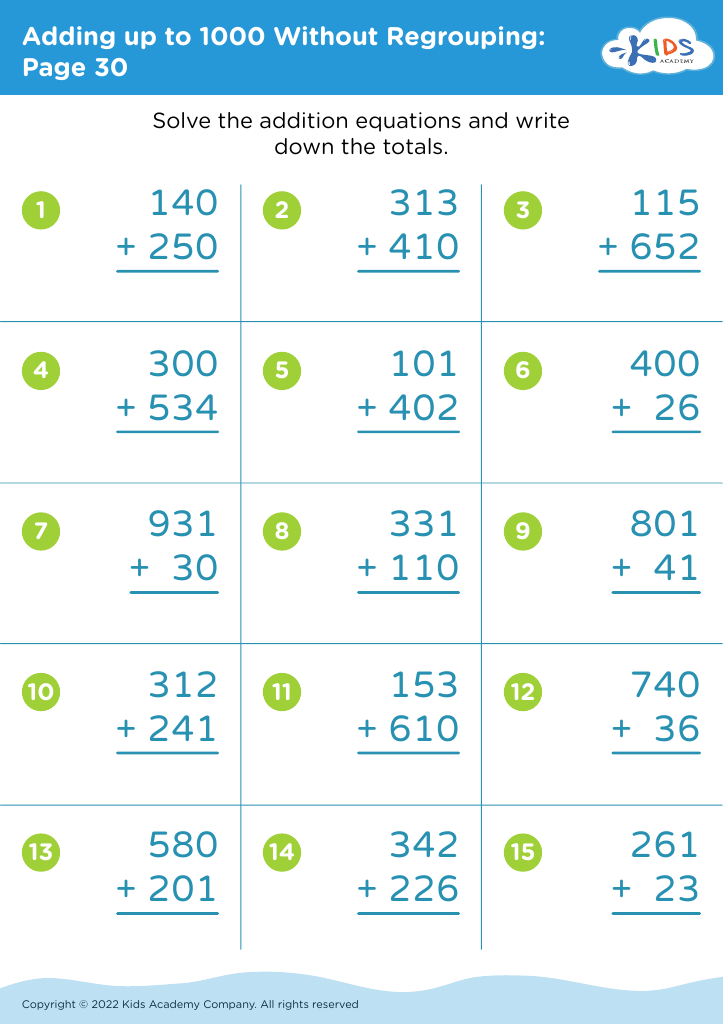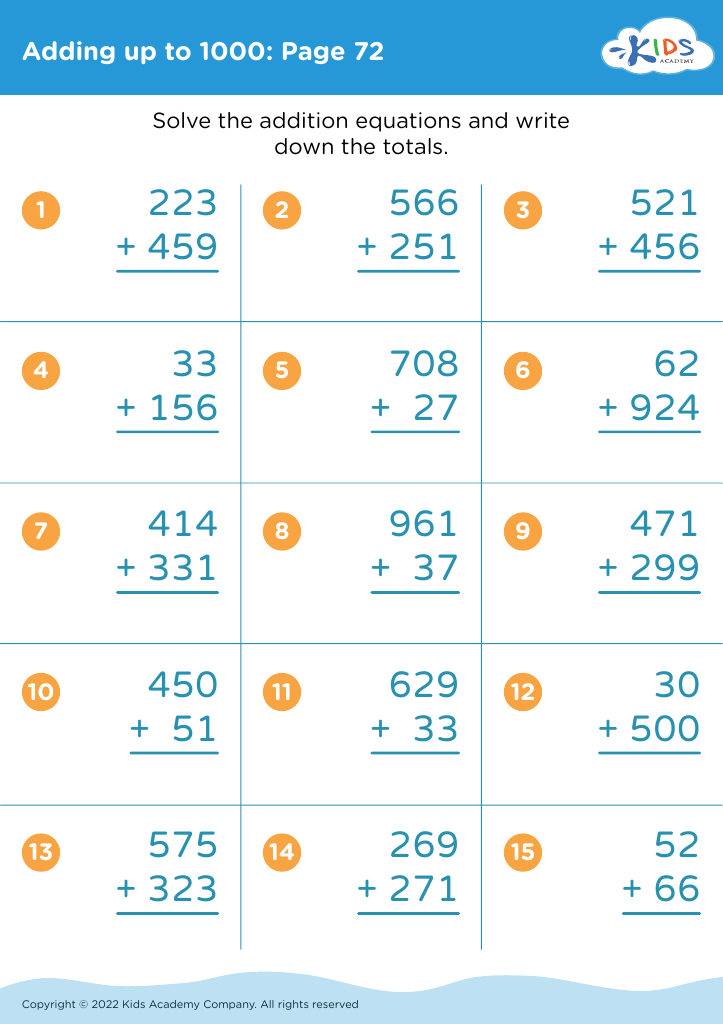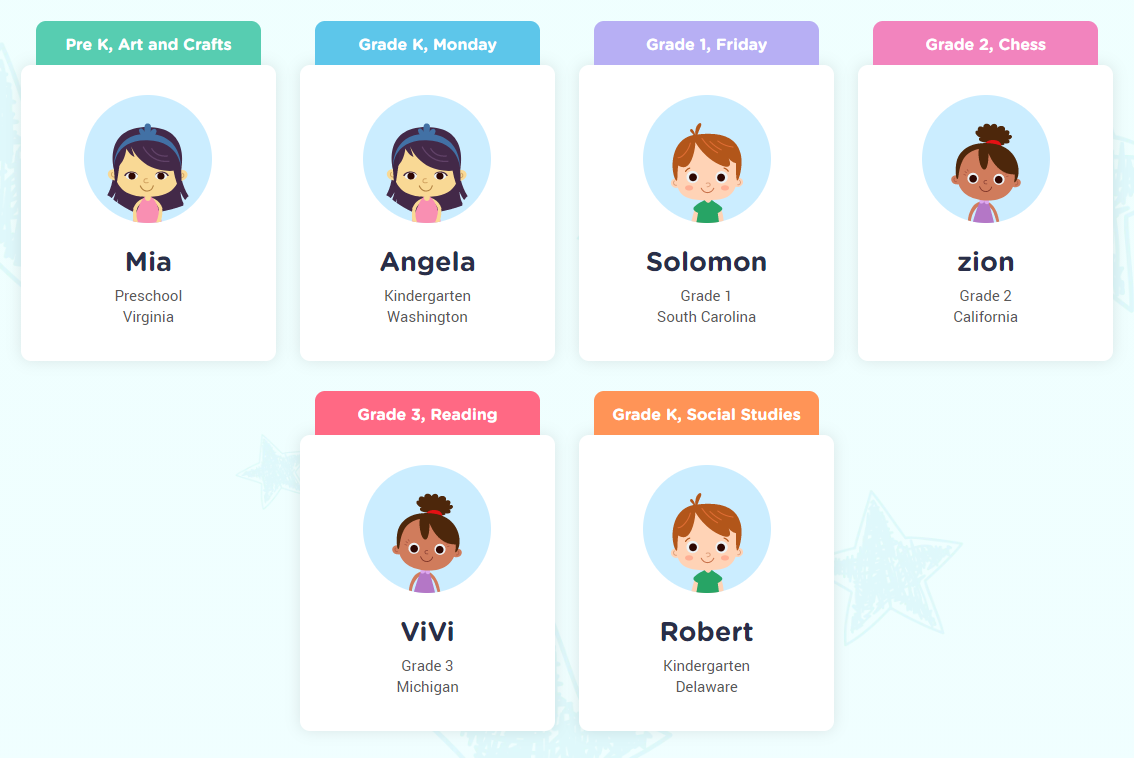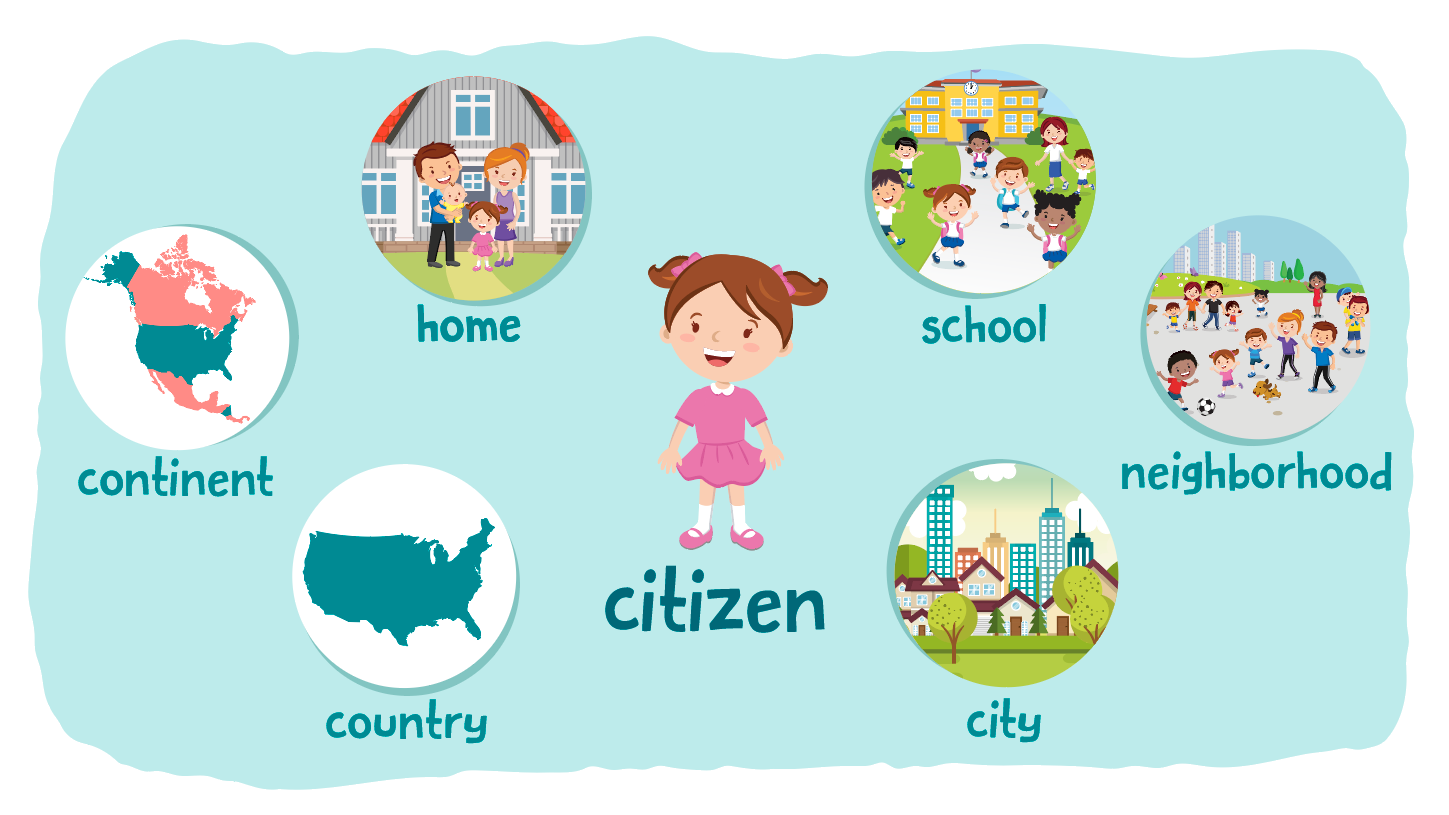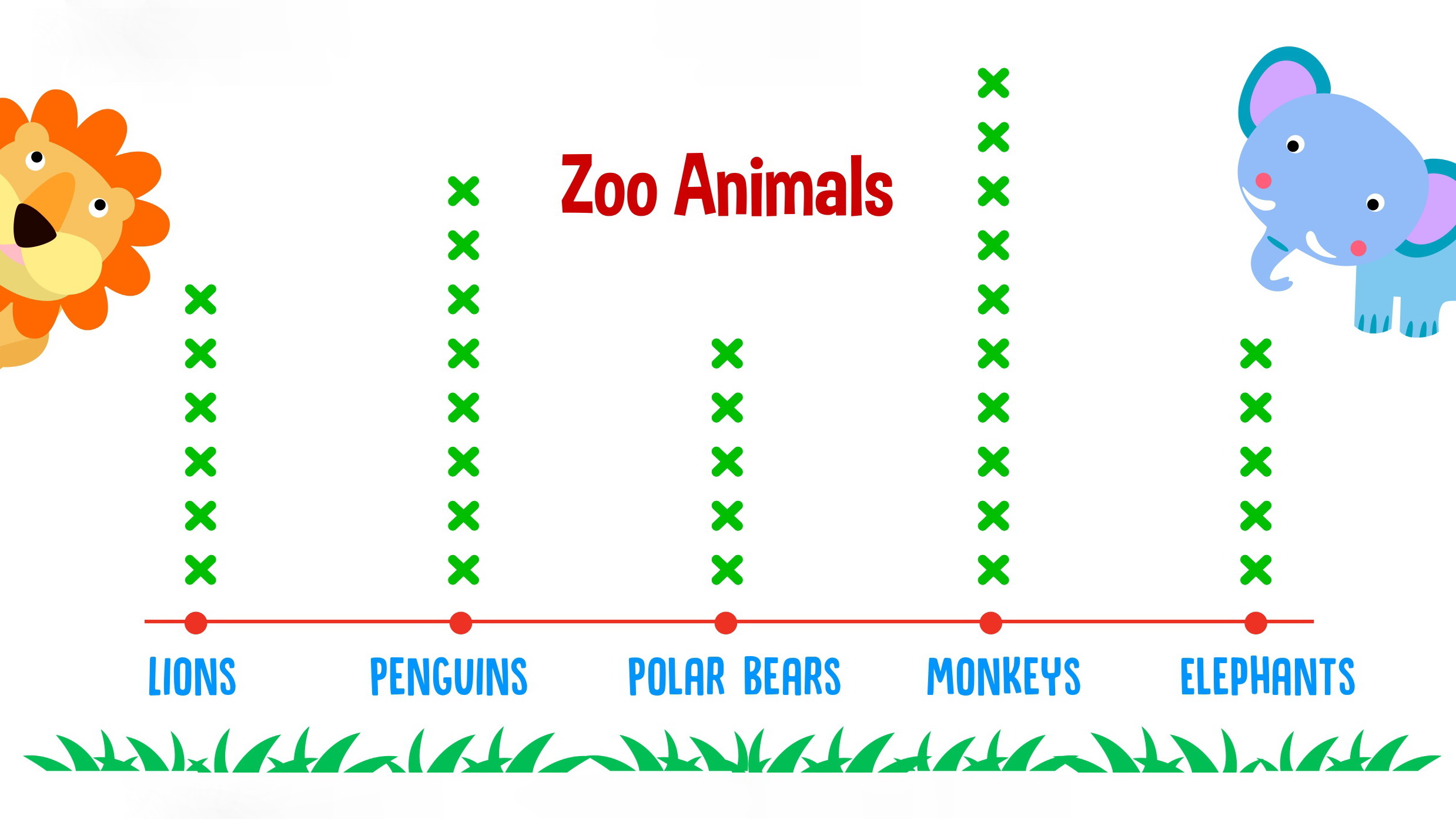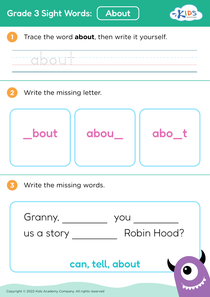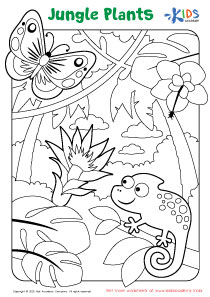Identifying shapes Grade 3 Worksheets
4 filtered results
-
From - To
Explore our engaging Grade 3 Worksheets focused on identifying shapes, designed to enhance your child’s geometric understanding. Our printable resources encourage students to recognize, compare, and classify various shapes, including squares, circles, triangles, and more. Each worksheet incorporates fun visuals and interactive activities, making learning enjoyable and effective. Perfect for in-class learning or homework, these worksheets foster critical thinking and problem-solving skills. Additionally, our curriculum-aligned resources offer informative tips and answer keys to support educators and parents. Empower your third grader with the foundational knowledge of shapes they need for future math success. Discover the joy of learning with us today!
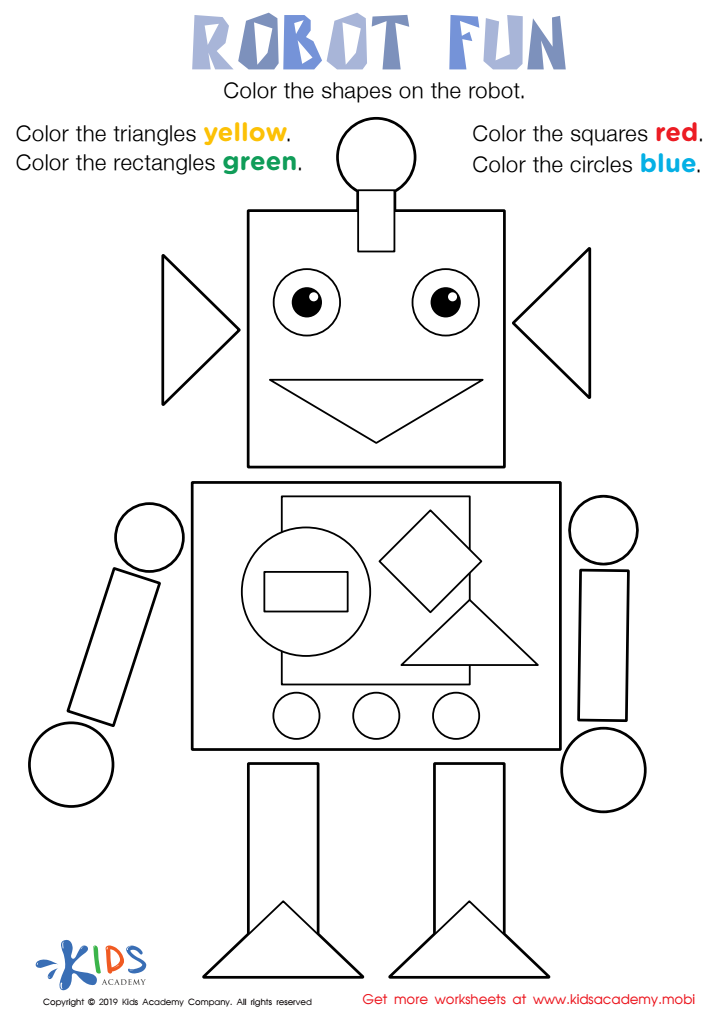

Robot Fun Worksheet
Identifying shapes is crucial for Grade 3 students as it lays the foundation for spatial reasoning, a key component in mathematics and everyday problem-solving. When parents and teachers emphasize shape identification, they help children develop critical thinking skills necessary for understanding more complex geometric concepts in later grades.
Recognizing shapes enhances students' ability to categorize and compare objects, fostering analytical skills that extend beyond the classroom. For instance, children engaged in shape identification are better prepared to grasp topics like area, volume, and symmetry in math, which are integral to their future academic success.
Moreover, shape recognition supports cognitive development through the exploration of physical properties, encouraging creativity and curiosity. By engaging in activities that involve shapes—like building with blocks, drawing, and crafting—children improve their fine motor skills and spatial awareness, which are essential for various fields, including science, engineering, and art.
Finally, a solid grasp of shapes aids in everyday tasks, such as understanding maps and visual instructions, thereby enhancing a child's confidence in navigating their environment. Parents and teachers play a vital role in reinforcing these skills, ensuring students are well-equipped for future challenges both in and out of the classroom.
 Assign to My Students
Assign to My Students
